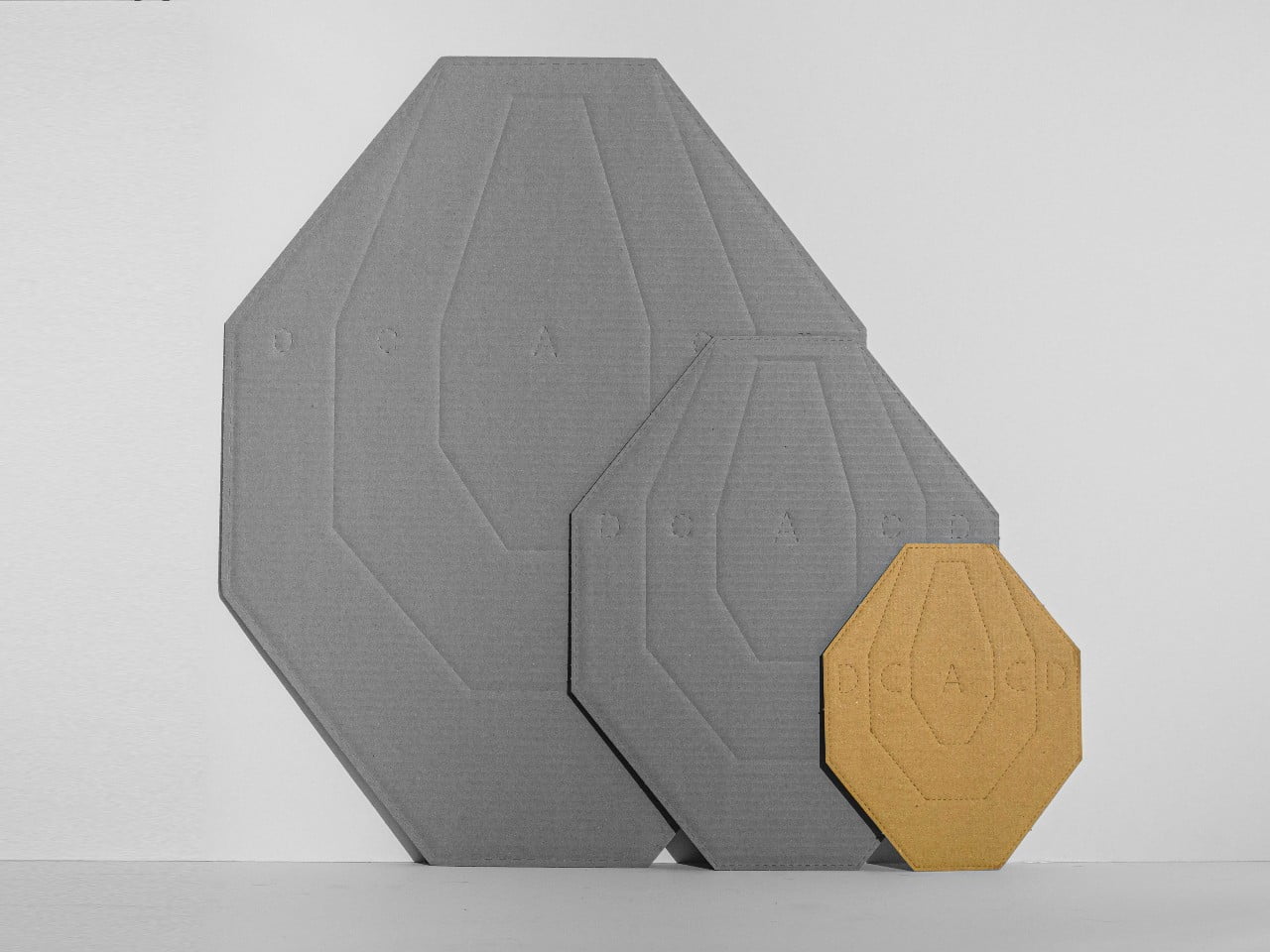Introduction
IPSC (International Practical Shooting Confederation) competition is a popular sport that requires individuals to engage in vibrant shooting situations. As the sport has evolved for many years, one aspect that has actually seen significant changes is target style. The influence of IPSC competition on target style can not be overstated, as it plays a vital function in enhancing the total experience for shooters and making sure security. In this short article, we will check out the various methods which IPSC competitors has influenced the style of targets and its effect on the sport.
The Advancement of IPSC Targets
The Early Days: Fundamental Shapes and Materials
In the early days of IPSC competition, targets were frequently simplistic in style, consisting mostly of basic geometric shapes such as circles and rectangles. These targets were usually made from cardboard or paper, that made them inexpensive but not very durable.
Introduction of Reactive Targets
As IPSC gained appeal, there was a requirement for more appealing targets that could offer instant feedback to shooters. This resulted in the introduction of reactive targets, which are designed to react when struck by a bullet. Reactive targets can produce visual or audible feedback, permitting shooters to evaluate their accuracy and speed.
Incorporation of 3D Targets
To further improve the realism of IPSC competitors, 3D targets were introduced. These targets look like human or animal shapes and provide shooters with a more tough circumstance to navigate. 3D targets require shooters to make exact shots on particular target areas, including an extra layer of difficulty to the competition.
Advancements in Target Materials
In recent years, there have been substantial improvements in target products utilized in IPSC competitors. Cardboard and paper targets have actually been mainly changed by more resilient products such as polymer or steel. These materials provide increased longevity and can endure duplicated hits without deteriorating.
The Effect on Shooter Experience
Enhanced Realism
The development of target style in IPSC competitions has actually considerably boosted the realism of shooting situations. With the intro of reactive and 3D targets, shooters are now faced with obstacles that carefully resemble real-world scenarios. Best reactive targets This not just adds excitement to the competitors however also helps shooters establish useful shooting skills that can be applied in real-life scenarios.

Instant Feedback
One of the most substantial impacts of IPSC competitors on target design is the arrangement of instant feedback to shooters. Reactive targets offer visual or audible cues when struck, allowing shooters to evaluate their accuracy and adjust their techniques accordingly. This instant feedback is invaluable in assisting shooters improve their abilities and make required modifications during the competition.
Increased Engagement
The introduction of more dynamic and difficult targets has actually substantially increased engagement amongst IPSC competitors. Shooters are continuously pushed to enhance their speed, precision, and decision-making capabilities to navigate through complex shooting circumstances. The thrill of striking reactive targets or successfully neutralizing 3D targets includes an aspect of enjoyment that keeps participants inspired and purchased the sport.
FAQ
Q: What are IPSC targets?- A: IPSC targets are specially developed targets used in International Practical Shooting Confederation competitors. These targets can be made from numerous materials such as cardboard, polymer, or steel and may include reactive or 3D elements.
- A: Reactive targets are created to react when hit by a bullet. They can produce visual or audible feedback, such as falling plates or sound effects, suggesting successful hits for the shooter.
- A: 3D targets add a level of realism to IPSC competitions by resembling human or animal shapes. They need shooters to make precise shots on particular target areas, simulating real-world situations and checking the shooter's precision and decision-making skills.
- A: Polymer or steel targets use increased durability compared to cardboard or paper targets. They can endure repeated hits without deteriorating, offering a longer lifespan and decreasing the need for frequent target replacements.
- A: Target design considerably affects shooter experience by improving realism, supplying instant feedback, and increasing engagement. Practical targets imitate real-world circumstances, while instantaneous feedback assists shooters enhance their skills in real-time. Engaging targets keep participants inspired and purchased the sport.
- A: Yes, IPSC target design plays a vital role in making sure safety throughout competitors. Targets that supply clear visual cues when struck help avoid unexpected shooting at non-target locations or individuals, lowering the danger of injuries.
Conclusion
The impact of IPSC competition on target design has actually resulted in considerable developments in the sport. The development from fundamental shapes to reactive and 3D targets has boosted realism and engagement amongst shooters. Immediate feedback provided by these targets enables participants to examine their precision and make required adjustments throughout the competitors. Furthermore, the use of long lasting materials like polymer or steel guarantees longevity and adds to total security in IPSC competitions. As the sport continues to progress, it is certain that target design will stay a crucial element in forming the future of IPSC shooting experiences.